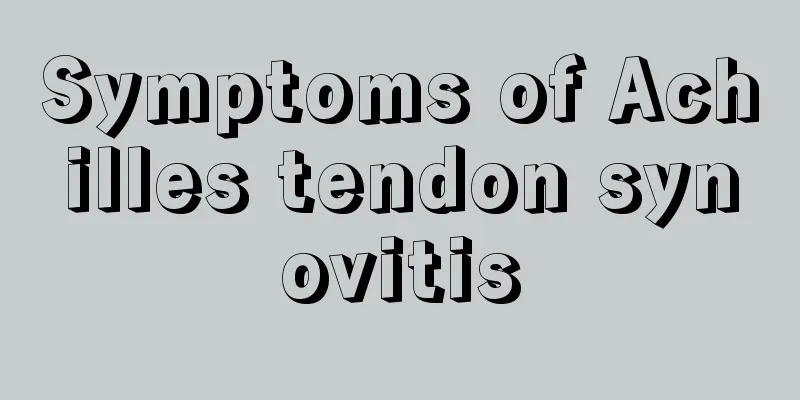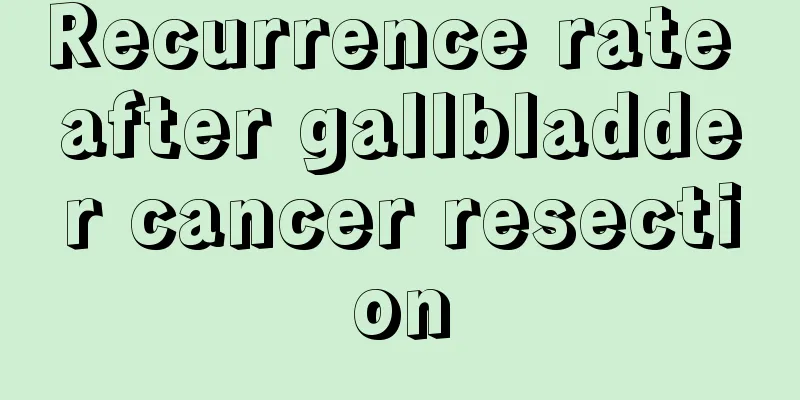What to do if you have rib pain due to coughing

|
If you run without warming up, you will often experience stitches, which is pain under the ribs. For some people, the stitches in the side are not caused by exercise, but by severe coughing. So what should you do if you have stitches in the side and pain in your ribs due to coughing? Generally speaking, the pain caused by a stitch in the side does not last long and can be relieved by adjusting breathing. Most of the time, no treatment is required. "Sticky stitch" is also known as acute chest and rib pain. The cause of "sticky stitch" is insufficient or no warm-up before strenuous activities. During strenuous activities, muscles enter a tense state, while internal organs are very inert and cannot move immediately to meet the nutrients and oxygen required for muscle activity, causing the respiratory muscles to tense and spasm. Or when the oxygen demand for physical activity increases, improper breathing, just speeding up the breathing rate and breathing shallowly can also cause tension in the respiratory muscles and spasm. Long-term lack of physical activities or cold weather, as well as low sodium chloride levels in the body caused by excessive sweating, can also cause "sticky stitch". When "sticky stitch" occurs, the respiratory muscles spasm, stimulating the receptors in the respiratory muscles and causing pain. The most important respiratory muscles in the human body are the intercostal muscles and the diaphragm. When the intercostal muscles spasm, pain will occur on both sides of the chest. When the diaphragm spasms, pain will occur under the left and right ribs. The way to stop and prevent "stuck in the stomach" is: one. Change shallow breathing to deeper breathing, exhale slowly and deeply, and exhale forcefully. This will allow you to inhale a large amount of air to meet the oxygen needs during exercise, relax the respiratory muscles, and eliminate pain. two. Adjust your breathing rhythm and coordinate it with your running frequency, so that you can breathe in and out every two steps or three steps. three. If the pain cannot be relieved by the above methods, you can take a deep breath and hold your breath, tap the painful areas on both sides of the chest or under the ribs, and then take slow, deep breaths. Repeating this several times can gradually relax the respiratory muscles and relieve spasms. Four. Before strenuous activity, do warm-up exercises to allow the respiratory muscles to gradually adapt to a faster frequency of contraction to avoid spasms. five. When exercising in winter, try to breathe through your nose. If you breathe through your mouth, keep your mouth half open to allow cold air to enter your mouth through gaps between your teeth to prevent excessive stimulation from the cold air. A stitch in the side belongs to the category of internal injury, which refers to injury to the qi, blood, internal organs, and meridians. Its clinical manifestations are chest tightness and pain, the pain is not fixed in any place, and the pain area is large, especially when breathing, coughing, and turning. The pain or pain in the side due to the restraint of the chest is also accompanied by shortness of breath, restlessness, and pulling pain in the chest and back. Generally, there are no objective signs such as redness, swelling, and tenderness. Since the disease often occurs in the chest and flank, it is also called chest and flank injury or chest and flank internal injury. The main causes of the disease are excessive or improper force or sudden injury from air intake when lifting weights, pushing carts, jumping, climbing, carrying or carrying heavy objects, which causes the air to gather in the chest and cannot dissipate, resulting in pain and fullness. In severe cases, both qi and blood may be injured or the collaterals may rupture, causing hemoptysis, or blood may remain under the ribs, or accumulate in the chest. If it is not treated for a long time or is treated improperly, it can often cause tuberculosis. Massage therapy has a good effect in treating stitches in the side. In clinical practice, pressing, kneading, kneading, rolling, tapping, and rubbing are often used on the chest. The patient is asked to lie on his back or side, and the operator stands on the patient's right side and applies massage, one-finger Zen, or rolling method to the bladder meridian on the back. Then press the Tianzong, Dashu, Zhangmen, Yunmen and other acupoints. Then ask the patient to sit on a stool, and the operator stands behind the patient and rubs along the ribs with the palms of both hands. Apply wintergreen ointment before rubbing to increase the efficacy and prevent damage to the skin during rubbing. Through the above treatment, the disordered Qi in the chest and flanks can be unblocked, Qi and blood can flow smoothly, and the symptoms will disappear. If it is still ineffective, try the lifting-end method or the lifting-pushing method. |
<<: I took cough medicine and found out I was pregnant
>>: Can I eat canned yellow peaches when I have a cough?
Recommend
What nutritional medicine is used for advanced rectal cancer
There are still some controversies about nutritio...
Dietary precautions for patients with lung cancer bone metastasis
Lung cancer is a malignant tumor of the respirato...
How can I refresh myself
Nowadays, whether students or office workers, eve...
What are the 4 most critical issues to pay attention to when suffering from bone hyperplasia
As we age, after the age of 35, the body's bo...
Right groin stitch
The groin is the connection between the human abd...
Can I eat apples after a meal?
Apple is a fruit available all year round. It is ...
Cookie dough is too sticky
As family economic levels continue to improve, th...
How to treat spots on the forehead
Spots can appear on many parts of the face. Altho...
Why does my chest hurt after swimming?
Now that summer has arrived, it is time to start ...
What is bone sculpture plastic surgery
Bone sculpture is a relatively common cosmetic su...
What to do if the tooth is not extracted cleanly
Nowadays, many people have dental problems, and s...
What is the effective treatment for gallbladder cancer
Gallbladder cancer is a malignant tumor disease t...
“Move your hands and feet” to get rid of spring sleepiness
Doing scalp exercises can refresh your mind and w...
What is the difference between laparoscopic surgery and traditional surgery for rectal cancer
Since 1995, laparoscopic surgery has gradually be...
What is the shelf life of foreign liquor
Everyone knows that all food has a shelf life. Th...









